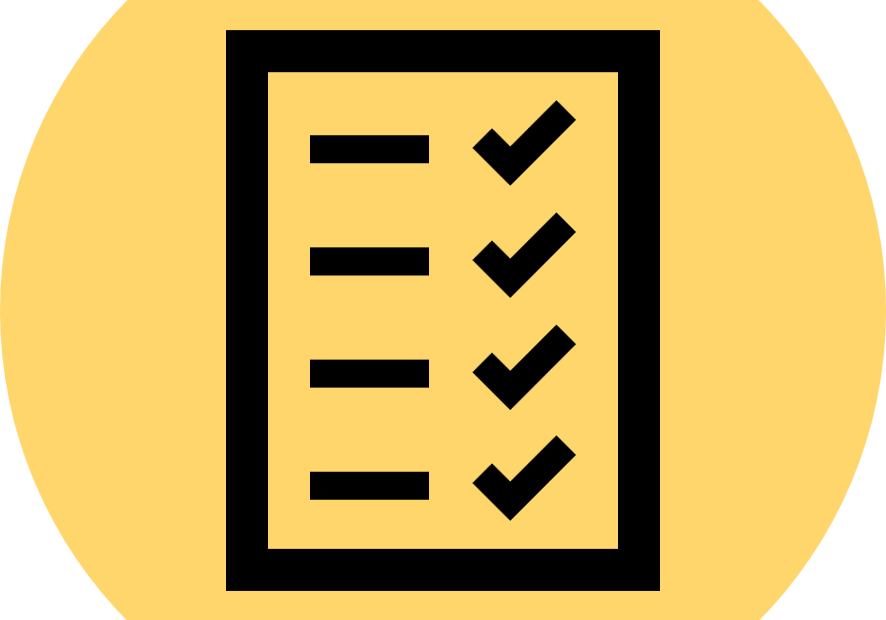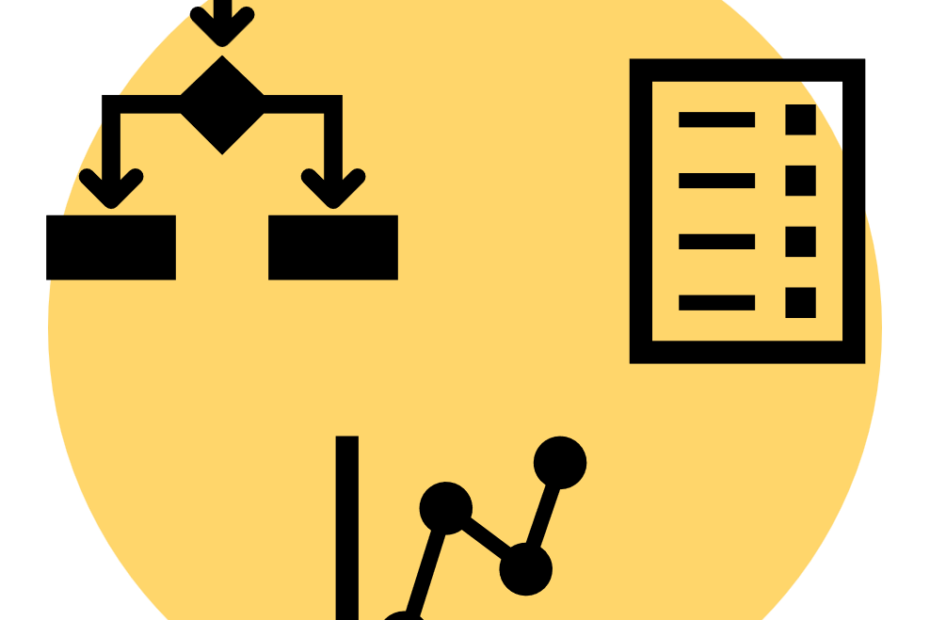Cheet Sheat: Sprint Planning
This cheat sheet will act as a guideline for your next Sprint Planning Event. In a nutshell 1. Understanding the product backlog Review the items in the product backlog and prioritize them based on business value, risk, and dependencies. Real life ex…
Read MoreUsing Scrum in Marketing: An Extensive Guide
Scrum can be a valuable tool for marketing teams to prioritize and manage their work effectively and increase productivity. However, there are some specific challenges that need to be addressed, such as dealing with “I need that now” requ…
Read MoreScrum vs Kanban: A Practical Guide to Choosing the Right Approach
Scrum and Kanban are both powerful Agile methodologies that can be used to manage and complete projects. While they share the Agile principles of flexibility and collaboration, they have distinct differences in approach, processes, and ideal use case…
Read More4 best practices for hardware development in Scaled Scrum
Integrating hardware development into the Scaled Scrum framework can be challenging, but with the right approach and best practices, teams can effectively manage hardware development projects and deliver high-quality products on time and on budget. B…
Read MoreManaging dependencies between hardware and software development
Managing dependencies between hardware and software development in Scaled Scrum is a challenging but critical aspect of delivering a successful product. Scaled Scrum’s ability to handle complexity, foster continuous improvement, and promote tra…
Read MoreHow Scaled Scrum can be adapted to manage hardware development
Scaled Scrum can be a valuable approach to managing hardware development projects, but it requires a clear understanding of the unique challenges and a dedicated effort to adapt the methodology to the specific needs of the project. With the right app…
Read MoreThe concept of Slow Leadership
Slow Leadership is a leadership philosophy that encourages leaders to take a more measured and thoughtful approach to decision-making, communication, and overall management of an organization or team. It emphasizes open communication, long-term visio…
Read MoreStakeholder Management
Stakeholder management is an essential aspect of Scrum. The Product Owner is responsible for representing the interests of the stakeholders and ensuring that the product backlog is aligned with the goals of the organization. Communication, transparen…
Read MoreBacklog Prioritization Techniques
Task prioritization is the process of determining the order in which tasks should be completed. There are several techniques that can be used to prioritize tasks, such as Urgency and importance matrix, Eisenhower matrix, ABC analysis, Pareto analysis…
Read MoreProduct Backlog Management
Product backlog management is an essential aspect of agile software development that helps teams to prioritize and organize the features, enhancements, and bug fixes for a product in development. By managing the product backlog effectively, teams can…
Read More








